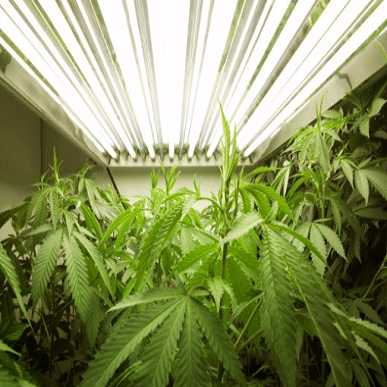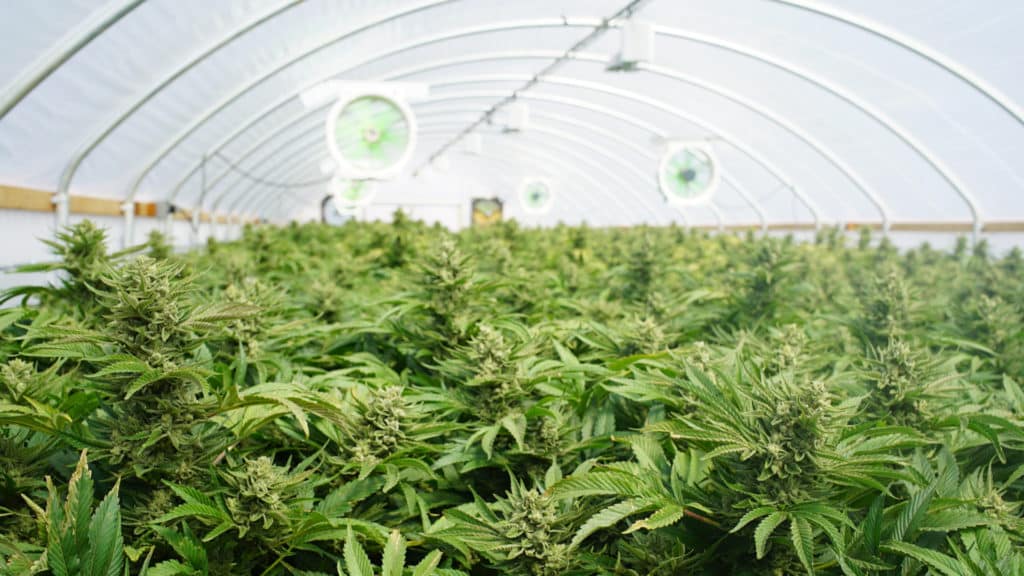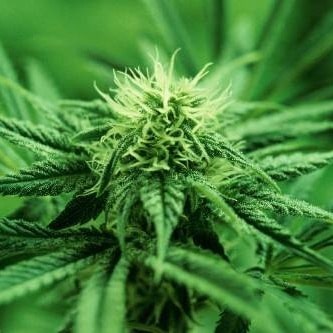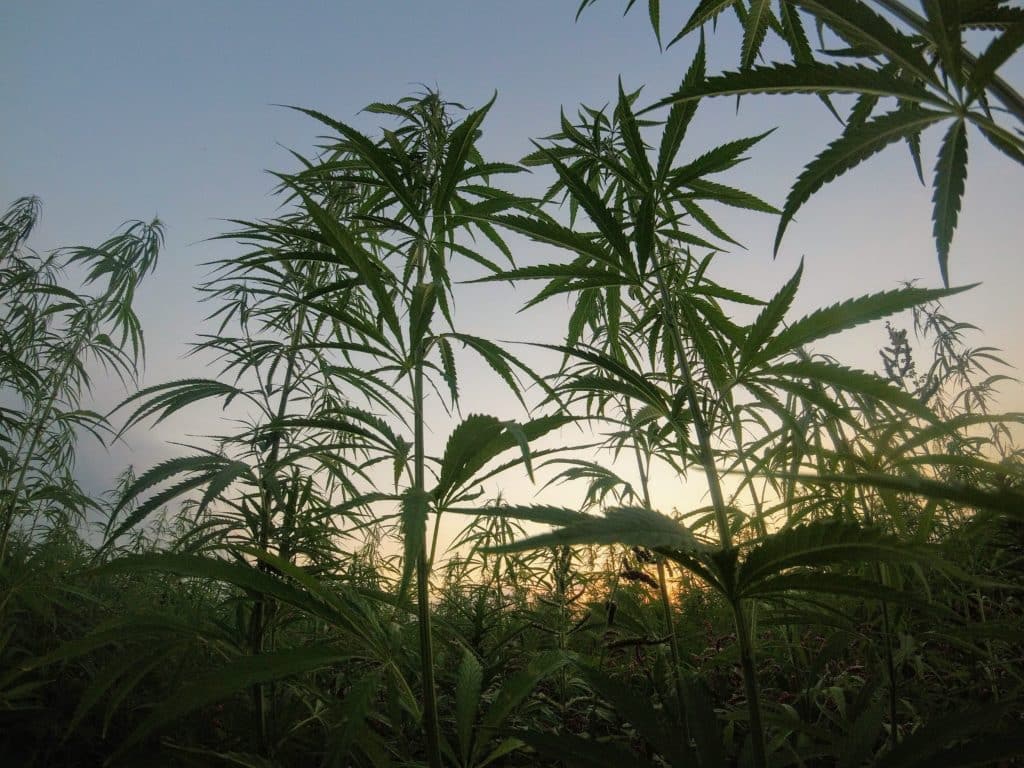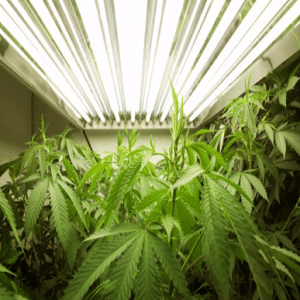 We all know that photosynthesis is what makes plants stay healthy and green, but not everyone is aware that all living things on Earth rely on this process to remain healthy. After 3 billion years of photosynthesis processing, the earth has formed an oxygen-rich atmosphere, which consequently supports all complex life’s evolution.
We all know that photosynthesis is what makes plants stay healthy and green, but not everyone is aware that all living things on Earth rely on this process to remain healthy. After 3 billion years of photosynthesis processing, the earth has formed an oxygen-rich atmosphere, which consequently supports all complex life’s evolution.
The sun’s radiant energy pummels Earth; every day it’s the same amount as a million Hiroshima atomic bombs. So where does this energy go? One-third reflects and is redirected back into space, and most of the rest is absorbed. One percent of this absorbed energy converts into photosynthesis, which is the energy that drives most of Earth’s life.
Light: what is it, exactly?
Although we’re unable to sense light with seeing or feeling it, what we do feel is heat caused by the atom’s excitement. Electrons in the atoms will be excited from different parts of the electromagnetic spectrum (usually in the range between 380 and 750 NM). This, in turn, causes electrons to have an increase in their energy levels. Although the atom is therefore given more energy, it does not cause it to move. The energy moves from one atom to the next, with the atoms going back to regular energy level after having passed it on. Make sure to download my free marijuana grow bible at this link and grow like a pro!
Every plant is able to use light energy through green chlorophyll, which takes in photons of a specific energy level. Every pigment is only acceptable for a very small range of wavelengths. For instance, chlorophyll A and B absorb red and blue light very well. At the start of a chemical reaction during the plant’s growth, an electron was removed from the chlorophyll. The pigment requires the electron (or another electron source) to be replenished. Without this replenishment can come a chemical failure, which turns the plant white and no longer allows photosynthesis to occur.
Light is especially important for plants, algae, and bacteria – and not only to keep those organisms healthy. These types of life are the only ones that can absorb mineral elements from the earth and convert them into a form that can be consumed by mammals and marine animals for life energy. Light energy, as well as the different mineral elements, all affect taste. As it is expensive, artificial lighting shouldn’t be waste; you should always be mindful of things like plant placement, color spectra, heat, and humidity because they make a crucial difference in your plant’s overall health.
Maximizing your light use
You have to pay close attention when setting up your lights – just hanging them up simply won’t do. Follow the below criteria to maximize your light use and results. First, make some decisions about how much light to use. For plants less than thirty inches tall, you can calculate accordingly: multiply together the length and width to get the total square footage). Then take this amount and divide it by your lamp’s wattage. For instance, if you have a five-by-five room, it’s 25 square feet. If your lamp is 1000 watts, divide that by 25 square feet, and you’ll get 40 watts per square foot. Pay attention to the result: anything more than 35 watts per square foot is fine for plants of this size. Make sure to download my free marijuana grow bible at this link and grow like a pro!
If the level of light is upwards of 65 watts per square foot, you should look into increasing the size of your growing area, then add a new light to the new growing area. This is better than simply adding an extra light to the original growing area because it instead doubles both the growing area and the yield. If you’re using more than 65 watts per square foot, then you’re wasting light and should add more plants and expand your growing area.
For plants taller than 30 inches, on the other hand, you might want to look into putting in another 1000-watt lamp. This will also help your production on all the branches, from top to bottom. Don’t put in a reflector (letting the light permeate through and access more of the plans), but set the new lamp between the plants. Just make sure you don’t burn the leaves. Make sure your original light above also is not positioned in a way to burn any growth.
If your growing area is more than five-by-five, you’re probably wondering if you should put in more lights. You’ll need to keep the light as evenly distributed as possible over the plants’ canopy. If you take a look at this figure regarding horizontal reflectors, you can see that there is an inverted ‘V’ in the reflector. This is there in order to keep the light from hitting the light source’s arc tube. You should also find out the pattern of your reflector.
Finding out your light pattern is a simple process. Just turn off every other light and use dust or fog to display the light beams. You can also use a Lux light meter. The light has an inverted ‘V’ effect with one lamp and one horizontal reflector; this effect comes stretches between the floor and the light source. You should ensure that your plants’ growing tips are not touching this lightless area. Your plants will grow closer to the reflector, making it so that the inverted ‘V’ has a smaller area where the light can reach.
If the floor space that your light reaches is three-by-four feet and twelve inches away from the reflector, you may have just twelve-by-sixteen inches of area that the light covers, as long as you don’t burn your plants. If your plants grow straight up from this three-by-four space, they will soon be too large to be reached by the light, making this a problem. When this happens, add extra lights to the growing area, making sure the new lights are of equal or less wattage.
Let’s take the example of a five-by-ten-foot area instead. One lamp cannot light up the whole space so more lights would need to be added. Raise the light up a foot, allowing the cone to reach the entire five feet of width. However, its height of sixteen inches about the growing container means that the cone is faded out. Therefore raise the lights up and make sure the light cone remains on your plants.
You’ll still have to put in one or two more lights because the entire five-by-ten area needs to be lit up. The more your plants grow, the more the lights need to be raised above these plants. Since every one of your plants can’t be moved (because of restrictions on height, growing media, and containers which don’t allow it), there will inevitably be an uneven distribution of light. This can create further issues and will hinder your garden’s lighting via horizontal lighting. Therefore, the lights can be kept simpler and more efficient with a vertical forty-two-inch ‘China-hat’ type reflector.
If you use a vertical reflector like this, you can achieve much taller plants, as well as a more equal distribution of light in the entire growing area. This is because the beam of light comes directly from the sides, and the cone-shaped reflector reflects it downward. Back to the five-by-ten area. The plants’ growing tips will get the right amount of light because this light reaches fully to the side of the garden. This means that your plants will be stimulated to grow. When you put in the next light, make sure the second reflector is positioned to keep the light 12-18 inches away from the original reflector. The light will be more even and equal this way, and plants won’t need to ‘reach’ for the light. Every plant below these two reflectors will get all the light they need.

